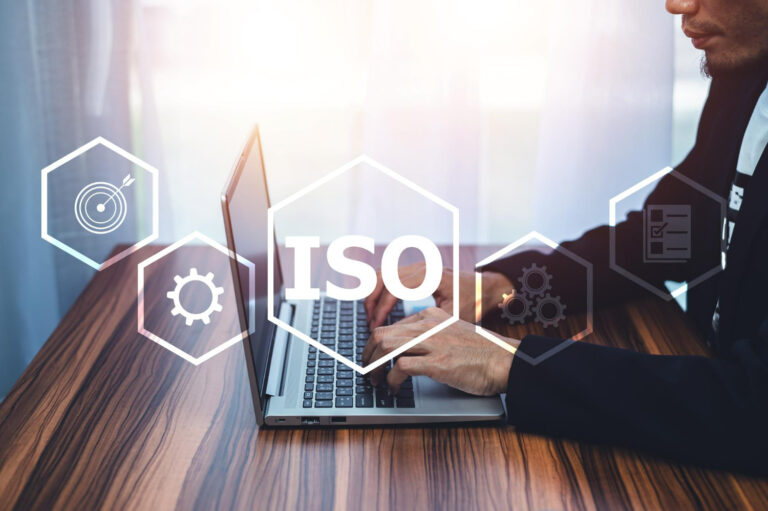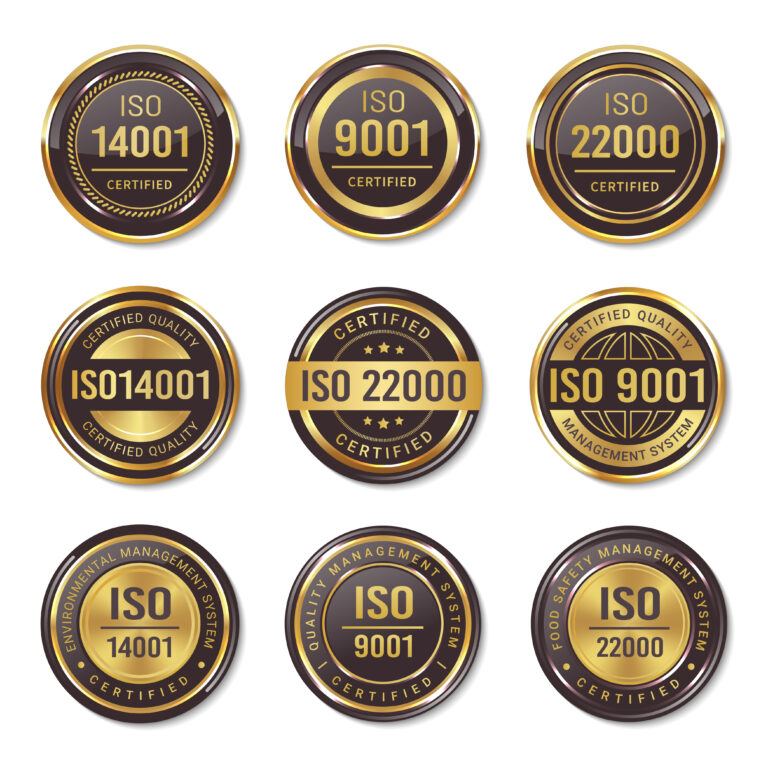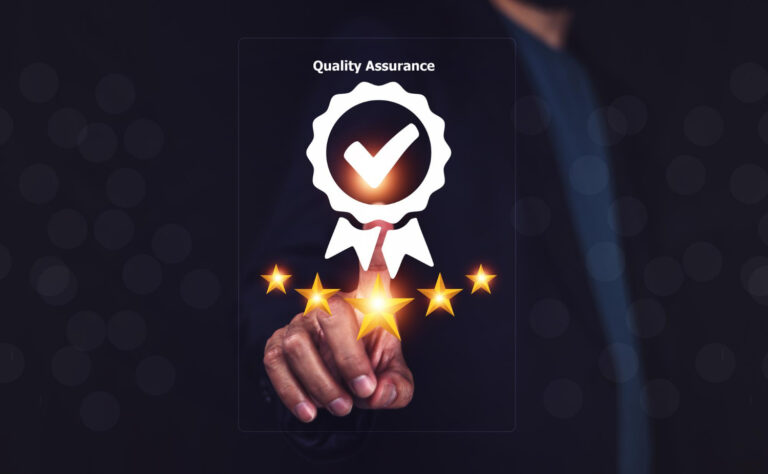ISO certification is an authorization given by an independent body that the specified organization has all the standards and specifications that are published in the ISO standards.
ISO basically is a non-governmental, independent and international organization that helps expert exchange the acquired knowledge to create an international standard in the technology-wise to meet international demands, need and standards.
ISO International standards assure that the services and products are reliable, safe and of good quality.






ISO certification helps in increasing customer loyalty, which results in generating more business and recommendations.
Open doors to new markets – Standards open up new markets for your company. It all provided the privilege for government contracts which required certain standards
Certification is used as a tool to showcase how the product and service of your meet customer demands and expectations.
ISO is a non-government organization which consists of 160 countries in with one member from each country to govern the national standard.
ISO Standards are the products of the ISO , where describes how an activity can be specified in its best way.
A good example of a risk is accurately and completely completing the export documentation. Placing full licenses is needed . Price fluctuations is also one of the risk or an opportunity.
ISO 9001 may not be necessary but professionally complicated. There is a much higher level of professional judgment required than in previous versions.
Every provider is different. Here at ISO Quality Services, our certificates are valid for one year and are subject to annual recertification audits to ensure you are still compliant. In addition, we also provide annual support visits to provide you with extra support with any areas you are struggling with. Failure to be re-certificated is therefore rare. We believe it takes around three years for a management system to fully mature and by this point, over 90% of customers recognize the value their management system provides.
Trade & Trade is one of the leading firms with an expert team and is professionally qualified in IP internationally.
Book Schedule
WhatsApp us